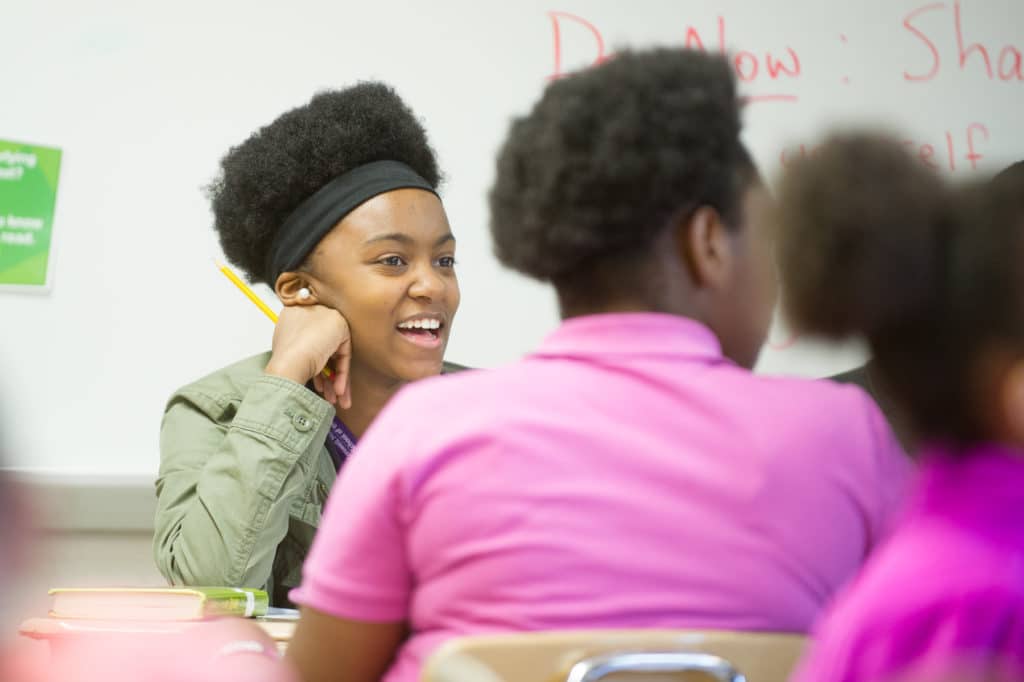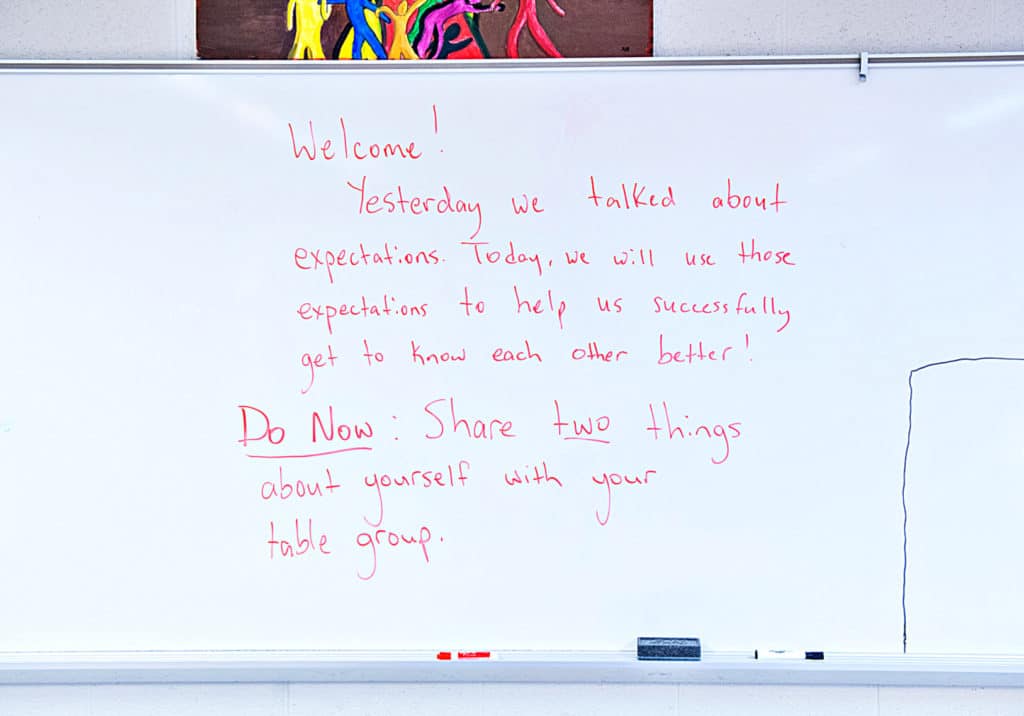
Responsive Classroom strategies, structures, and techniques offer a wide array of practices we can use for culturally responsive teaching. One of these strategies is student sharing. Providing opportunities for students to share about themselves and learn about each other helps build a positive classroom community, which is foundational for building positive cultural connections and understanding. Through sharing, students learn and practice clear, respectful, caring, and empathic communication, while building trusting relationships among peers.
Feeling connected to a school community is an important factor in a student’s success. Students who feel connected to school report that they like school, feel they belong, have friends at school, and believe their teachers care about them and their learning. Sharing helps students know others and be known, which will meet their needs for belonging and significance. Sharing helps students learn details about each other’s experiences, preferences, and interests, building cultural knowledge and appreciation. Each classroom represents a unique community of students and families; to learn about that community, topics for sharing can include families’ favorite foods, games, and traditions. Cross-cultural understanding and competence develop as students share information from their own lives and learn about those of their classmates.
Student sharing is complex, with many skills required to make it successful. Creating an emotionally safe, kind and respectful atmosphere is an important first step to make it culturally responsive. One way to do this is to explicitly teach those skills, including the jobs of both the sharer and the listener.

Sharers will need to know how to use a strong, clear voice, look at the audience, and ensure what they say is brief, focused, and on-topic. Here are some strategies you can use to support students as they learn these skills:
Listeners will need to know how to remain quiet, maintain self-control, and demonstrate active listening. As the students’ sophistication with sharing evolves, listeners need to remember what was said and then formulate questions that show interest and elicit more information. Here are two skills to teach:
An ideal time for student sharing is during Morning Meeting in elementary schools and Responsive Advisory Meeting in middle schools. During these practices, there are opportunities to use structures that encourage students to share about themselves and interact with each other. Below are some sample activities to try.
My Family (grades K-2)
What We Have in Common (grades 3-5)
1.Post an announcement that reads:
Quote of the Day: “Deal with yourself as an individual worthy of respect and make everyone else deal with you the same way.” – Nikki Giovanni, poet
Create your own quote about respect, write it down on a slip of paper or sticky note, and be prepared to share it with others.
2. Students mix and mingle around the room in silence, greeting each other by nodding or bowing.
3. On your signal, have students stop mingling and silently pair up.
4. Partners exchange their quotes, read them silently, and pause to reflect on the quote for 10 – 15 seconds. Students can close their eyes if that helps them reflect.
5. Repeat as time allows.
6. Collect all the quotes and read a few aloud.
Incorporations
Student sharing promotes a sense of belonging, enabling students to feel they are valued members of their learning community. Creating positive, trusting and empathic relationships among students is one step in leveraging culturally responsive teaching practices so that all students, especially students from diverse backgrounds or those who have not felt welcomed or accepted, can tackle high-level academic work. Look for a few times during the week when your students can share about themselves in engaging, structured ways, to build a foundation of cross-cultural understanding and competence.
Written by Kristen Vincent, Responsive Classroom Consulting Teacher